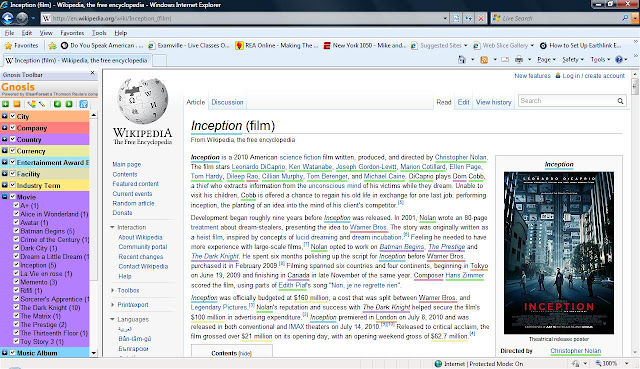<?xml version="1.0" encoding="UTF-8" ?>
- <statuses type="array">
- <status>
<created_at>Sat Apr 16 22:32:10 +0000 2011</created_at>
<id>59383607944417280</id>
<text>Hello World!</text>
<source>web</source>
<truncated>false</truncated>
<favorited>false</favorited>
<in_reply_to_status_id />
<in_reply_to_user_id />
<in_reply_to_screen_name />
<retweet_count>0</retweet_count>
<retweeted>false</retweeted>
- <user>
<id>283239611</id>
<name>Raymond Sison</name>
<screen_name>RaymondSison</screen_name>
<location />
<description />
_profile_4_normal.png</profile_image_url>
<url />
<protected>false</protected>
<followers_count>0</followers_count>
<profile_background_color>C0DEED</profile_background_color>
<profile_text_color>333333</profile_text_color>
<profile_link_color>0084B4</profile_link_color>
<profile_sidebar_fill_color>DDEEF6</profile_sidebar_fill_color>
<profile_sidebar_border_color>C0DEED</profile_sidebar_border_color>
<friends_count>2</friends_count>
<created_at>Sat Apr 16 21:59:05 +0000 2011</created_at>
<favourites_count>0</favourites_count>
<utc_offset />
<time_zone />
/theme1/bg.png</profile_background_image_url>
<profile_background_tile>false</profile_background_tile>
<profile_use_background_image>true</profile_use_background_image>
<notifications />
<geo_enabled>true</geo_enabled>
<verified>false</verified>
<following />
<statuses_count>1</statuses_count>
<lang>en</lang>
<contributors_enabled>false</contributors_enabled>
<follow_request_sent />
<listed_count>0</listed_count>
<show_all_inline_media>false</show_all_inline_media>
<default_profile>true</default_profile>
<default_profile_image>true</default_profile_image>
<is_translator>false</is_translator>
</user>
<geo />
<coordinates />
<id>42e46bc3663a4b5f</id>
<name>Fort Worth</name>
<full_name>Fort Worth, TX</full_name>
<place_type>city</place_type>
<attributes />
- <bounding_box>
<georss:polygon>32.551584 -97.549053 32.551584 -97.033715 33.047463
-97.033715 33.047463 -97.549053</georss:polygon>
</bounding_box>
<country code="US">United States</country>
</place>
<contributors />
</status>
</statuses>







